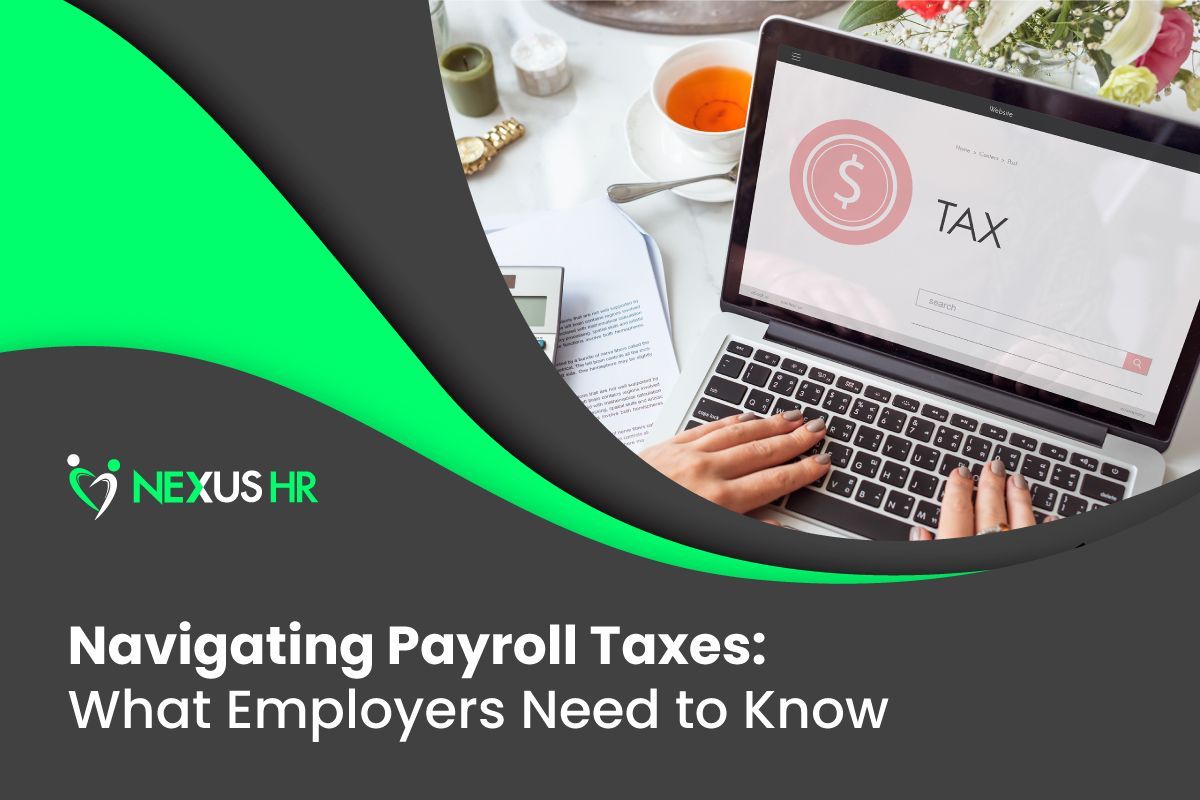Back to the Office Incentives: The Culture Your Employees Want
As Covid-19 cases decline, many employers plan to welcome back employees to the office. While some employees look forward to returning to the office, not everyone's easily sold on the idea, especially now that they know what zero commute and more free time feel like. So how do you incentivize employees’ to return to the office and avoid the dread?
Spending some time together in the office helps with collaboration, fosters office culture, and establishes institutional knowledge. However, working from home provides a greater work-life balance. After two grueling years of the pandemic, employers now know that prioritizing employee wellness is key to increasing their satisfaction. If you plan to go back to a traditional work setup, you need to motivate employees to come back.
Great Back to Office Incentive Ideas

The best incentives extend beyond an employee's work life and help ease the transition to an office setup. Give your employees something to look forward to and make them excited about coming to the office again. Here are a few ideas to attract your employees back to the office.
1. Monetary Incentives
Blackhawk Network's recent survey reports that money is the number one incentive to make employees return to a physical workplace. CoStar, a real estate company, made headlines when they randomly gave $10,000 daily to employees who returned to the office. This is a luxury only a few companies can afford on top of offering attractive perks in a tight labor market. Companies can instead provide monetary incentives in the form of transportation reimbursements, childcare stipends, or meal allowances.
The shift to remote work allowed employees to significantly save money on their commute, work clothes, daycare, and meals. At the onset of the pandemic, 700,000 parents left the workforce to raise their children full-time. If you want to incentivize parents to return to the office, consider their family needs. Adding a daycare or childcare allowance goes a long way in making them feel supported. Likewise, offering to ease the burden of the day-to-day commute by providing a transportation allowance can help smooth the transition—especially with rising gas prices.
2. Hybrid Work Schedule
Traditional work setups and remote work setups each have their upsides and downsides. Consider structuring a hybrid work setup to set a balance between the two. However, Harvard Business Review suggests not letting employees pick their work from home days because of the risk to employee equality and diversity. Instead, managers should survey employees on which time and day work best for them. Then, decide on an office day where team members can collaborate and discuss ongoing projects. Then, offer to work remotely on other days to accommodate employees who feel more productive doing their tasks at home.
3. Free Meal Program
After years of working from home, heading back to the office brings large-scale changes to a person's routine, including meal planning. Employees need to rearrange their grocery shopping and cooking schedules, especially those with families, to adjust for commuting and office time. Working from home allows employees to whip up a home-cooked meal quickly. However, if you're working in the office, there's the added headache of where and how to get lunch. Ease the burden of this change by introducing a free meal program.
While remote work greatly benefits employees, it has one notable downside to a company—the loss of company culture. Company culture grows by employees coming together and engaging in company-wide activities. Providing in-office meals and sharing them with a colleague is a simple, cost-effective way to rebuild the loss of company culture.
4. In-Office Fitness Programs
Remote employees tend to build healthier exercise habits without the need to waste time on a commute. As a result, employees may be reluctant to return to the office. Consider implementing a free in-office fitness program as one of your back-to-office incentives. Zoom, for example, offers morning meditation and stretching classes to prepare employees for the day ahead. Classes continue again at lunchtime to energize them for the rest of the day. This type of program gets employees excited about heading to work every day while promoting employee bonding and camaraderie.
5. Gift Bags and Fun Events
To encourage employees' return to the office, surprise them with a "welcome back” gift that suits their lifestyle or personality. Personalized gift bags help show your team members that you care and boost employee engagement. This incentive alone isn't the most persuasive, but isn't it exciting to arrive in your office with a gift bag waiting for you?
Organizing fun events is another way to entice employees back to the office. Google, for example, held a private concert for its employees in April and is planning to have pop-up events with free food and swag. Other companies held fun events like Waffle Wednesdays or Mario Kart Mondays. Convincing employees to return to the office is an uphill battle, but providing rewards at the top will certainly make the climb worth taking.
Finding the Right Balance

Organizations must recognize the benefits of working remotely, while employees must weigh the value of in-person collaboration. The decision to return to the office may be easy for some. For others, it could make or break their relationship with the company. Implementing a back-to-office incentive program and planning a smooth transition will help remove the dread of returning to the office.
Nexus HR, a full-service remote HR company, can help your organization work through a plan that supports your employees' unique needs and what's best for your business.











